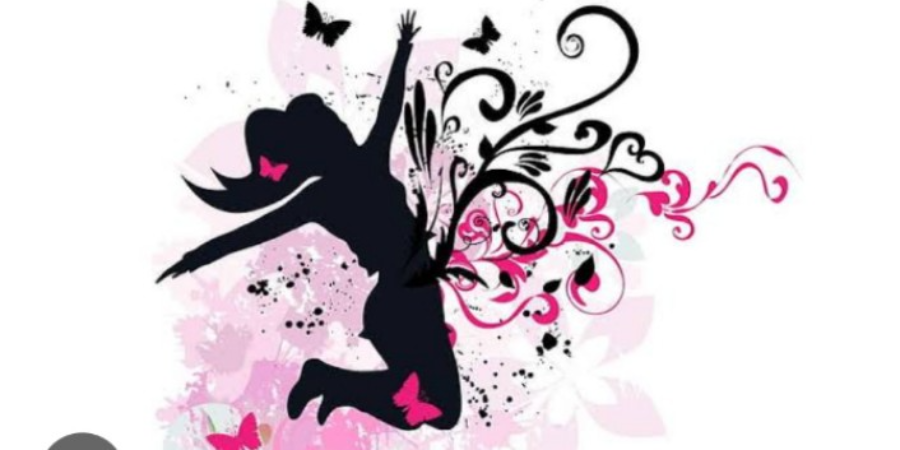

Basic goals: releasing tension in the body and expressing oneself Emotional expression and communication are two of dance's primary goals. People, and some animals as well, frequently use dance as a release mechanism for strong emotions like joy, rage, impatience, or unexpected episodes of high spirits. These driving factors are seen in more structured "set" dance movements, like tribal war dances or joyful folk dances, as well as in the spontaneous skipping, stamping, and jumping motions frequently displayed during high emotional times. In this case, dancing both creates and releases feelings.
Dancing allows people to experience their bodies and the surroundings in novel and unique ways. Extreme movements are common in dance, such as throwing or stretching out the arms, lifting the head, and twisting or bending the body. Additionally, it frequently calls for extra effort or stylization, like timed walks, high kicks, or leaps. Whether they are tracing lines or circles on the floor, following to a specific step sequence, or following a pattern of regular accents or stresses, dance movements are typically arranged into a spatial or rhythmic pattern.
A condition of mind and body that differs greatly from what is experienced on a daily basis may result from all of these qualities. The dance demands an exceptionally high or prolonged energy expenditure in addition to unusual patterns of muscular contraction and relaxation. The force of gravity and a sense of equilibrium or disequilibrium that is not produced by regular activity may become acutely apparent to the dancer. In addition, the dance gives the dancer a completely new perspective on time and space: time is defined by the rhythmic arrangement of movements and the length of the dance, while space is arranged around the dancer's travel routes and the forms her body makes.

For dancers, dance can actually create a completely self-contained universe where they are able to gain physical effort, prowess, and endurance well beyond what is normally possible. As an extreme example, some Indonesian dancers can beat weapons against their bare chests without seeming to be in pain or injured, while Sufi dervishes can spin ecstatically for a lengthy amount of time without looking tired or happy.
Viewers may likewise experience this overcoming of the ordinary. They could start to feel the emotions being conveyed by the dancer as they get caught up in the rhythms and patterns produced by their movements. They might also feel something kinesthetically that is comparable to the dancer's bodily experiences. In addition to defining the dancer's experience of their own body in motion, kinesthesia—the awareness of the body through sensations in the joints, muscles, and tendons as opposed to visual perception—also describes how dance has an impact on onlookers, who not only see the dancer's movements and rhythms but also feel an echo of them in their own nerve endings.
